To run the forums, host the website, and travel, I charge a universal service fee for my reviews. This review was sponsored by Specialized. My goal is to be transparent and unbiased, this video and written review are not meant to be an endorsement of Specialized products
There has been some updates in the Specialized lineup and today we are taking a look at the Turbo Vado 4.0. The Vado 4.0 is an efficient and almost purist 28mph pedelec with a smooth Brose T mid-drive, hydraulic brakes, and many commuter amenities. The bike comes in 2 colors this year (red and gray), 2 frame styles (a high-step and a mid-step-through), and 6 individual frame sizes between the 2 frames. Today we are checking out the large size high-step. There is so much to cover overall, so I will just kind of talk about the whole package, then dive deeper into the specs. The frame as a whole feels tight and rigid in a very good way…there is no real frame flex of any kind. There is quite a bit of comfort too, which I will get into, but it has a speedy and assertive feel to it from this leaned forward geometry and flat aggressive handlebar. From the frame integrated color matched battery, internally routed cables, and small TCD display, the bike gives off a presence of minimalism. In addition to that, the weight is nice and centered, as well as being low… giving it a great feel when you ride. So let’s look at some of the finer components to see what attributes to that. In the front you have a suspension fork with 50mm of travel, this is purposely limited travel, since its for the street, and it does quite well. This is an SR SunTour Ebike rated fork with a compression clicker, rebound adjust on the bottom, preload adjust, lot of adjustment here… this much adjustment is usually something you only see in air suspension forks. The tires are in-house Specialized brand ‘Trigger” tires. Thes are 700x47c, so roughly 28” in diameter. That means they are a little wider, have a lower attack angle, and fairly high volume. These are really comfortable tires rated for 50-75psi. The tread itself has some vibration dampening qualities while being efficient with the thin center crown. There is reflective sidewall striping here as well as Black Belt puncture protection, so really great in rough terrain also. The wheels are attached in a rigid sort of way, with a15mm through-axle in the front and 12mm through-axle in the back. They both have 148mm hub spacing. To me this is pretty much boost hub-spacing, maybe to fit that wider 10 sprocket cassette…definitely a good choice. Commuters here are rewarded with a battery integrated headlight and rear light. The headlight is an alloy encased adjustable 300 lumens light that is extremely bright. In the rear, you get a single plastic LED light. I am glad it is here, but it is not the brighter 3 LED rear light they had in the previous setup. The included rack in the back is more of a narrow setup, but is perfect for panniers. The bike also has included fenders, but they go much more beyond your typical fenders. They are extra long aluminum alloy and they have reflective stickers. Additionally, they have been wind-tunnel tested and engineered to really keep you clean. There is a plastic channel on the bottom side of the front fender that pushes debris to the side, and the extra long rubber piece keeps your shoes clean more than most any other fenders out there. All around the bike, there is Specialized branding everywhere, like the ergonomic locking grips, plastic sandpaper grips pedals, and nice saddle (30.9mm seat post by the way, if you want to swap that out). I love that there is not 1, but 2 bottle cage boss mountings! There is also some seat stay bosses for a frame lock or cafe lock. Other features include a clear plastic slap guard, custom adjustable kickstand, and integrated bell. Really just a lot going on here so the fact that it weighs 52.9lbs and cost $3,549 make this a very reasonable offering.
Driving the bike is a quiet, smooth, mid-drive motor Brose. It offers between 250 and 520 watts of power but more importantly, is capable of putting out up to 72 newton meters of torque. This allows for zippy starts and efficient climbing. For comparison, many of the competing mid-motors I’ve reviewed offer 60 to 75 newton meters, I’d actually call the Brose T higher than average in this department. In 2018/2019, the company launched a Drive S and S Mag (magnesium) for off-road performance riding, but they tend to increase price-point. For urban riding, the Brose T (which stands for Trekking) is still an excellent choice and one of the most compact and smooth geared mid-motors I have reviewed. Inside the housing is a gearless motor that spins through a reduction gearing system and transfers power through a Gates Carbon belt. This takes the edge off, reducing vibration and dampening some of the noise that you might notice from competing products. Specialized has done a wonderful job integrating this motor, tipping it up and blending it into the downtube. The frame on the Vado 4.0 is high grade aluminum alloy, but there’s some plastic and a rubberized guard running along the base of the downtube and motor for protection. As you pedal, a network of sensors measure rear wheel speed, pedal cadence, and pedal torque for quick starts and stops. The motor feels natural, it’s not as jerky or overwhelming as some of the others, which might not be as impressive during a back to back test ride comparison, but is something that I prefer long term as an owner… especially for this type of bike. Mechanically, you get a Shimano Deore 11-42 teeth cassette with a Shadow Plus clutch system, while the front has a 40 tooth chain ring with this nice plastic chain ring protector that kind of serves as a guide too. I love that Specialized is using a narrow wide chain ring pattern, this is a more reliable setup that works efficiently and smoothly. Stopping the bike is a set of Shimano hydraulic disc brakes with 180mm rotors in the front and 160mm rotors in the rear. Having the larger brake disc in the front is better since your stopping momentum tends to shift forward.
Powering the bike is a 36v 14ah battery, so about 504 watt hours total. This is one of many batteries available for the Vado since they do offer battery upgrades. However, the batteries are so integrated into the frame that you really need to make sure you get the one that is color matched to your bike if you want it to keep that streamlined look. This one weighs about 6.2lbs and a replacement is $900, so make sure to take proper care of the one you have. Luckily, the bike comes with an Abus card so you can get your locks “key to like”, meaning that your battery key can be the same key that you might use for an Abus lock or a cafe lock, so really a great way to keep it protected. Charging is done through a 1.9lb compact 4amp charger with a magnetic Rosenburg EnergyBus charger. 4amps means the charging will happen a little quicker here than some other bikes out there. The battery can be charged on or off the bike and has this neat little magnetic door with a leash and I love that its nice and high away from the crank arm when locked onto the bike. Careful when clicking the battery into place, one of my grips about this bike is that it can be tricky getting the battery in just right, especially on a model not worn-in yet. Sometimes you will get a click and it will still be a bit loose. They call this a ‘phantom click’ so make sure to give it a good wiggle to make sure its secure. To really care for this and other lithium-ion packs, I have heard that storing in a cool dry location vs. extreme heat or cold will extend the life and try to keep it about 50% full when not using for long periods so you won’t stress the cells. Try not to let it run down to zero, because that’s really hard on the cell chemistry.
The display panel on the Turbo Como the TCD (Turbo Connect Display). I like it because it’s easy to read, is backlit, has integration with the Specialized Mission Control app, and has a dedicated light button. I love that is is compact and looks like a standard cycle computer… very stealthy. Hold down left and right to enter settings, while + and – allow you to go up and down. Unfortunately, it appears that you must turn the bike on by pressing a power button on top of the battery pack vs. a button on this control ring… and that requires some reaching or planning. It’s a minor gripe, but made a little worse from the slow startup of the display. The display is not removable, but can be tilted a bit. I do like how the battery readout is in percentages here as well as a 10 bar infographic. The two buttons on the display can be cycle through pages and so can the controls on the side. You can cycle through distance, average speed, timer, pedal cadence, heart rate monitor, power levels, k-calorie, and more. There is also integration with the Mission Control. This app allows you to further customize power output from the motor in each level of assist or plan rides in a way that the battery will not run out (the bike will automatically provide power based on how far you have yet to travel). It’s one of the cooler apps out there, but it’s completely unnecessary to just get on and ride. The setup allows for 3 levels of pedal assist as well as a 0 mode where the system is completely off.
In conclusion, there is a lot to love about the Vado series and even this 4.0. It serves as a great example of not only a great execution of an Ebike, but also a good marriage of commuting comfort and speed. There is so much to cover here that there are bound to be some tradeoffs as well. Some of those tradeoffs include the display is not removable, nor does it have a range estimator, the custom kickstand may not be good on all terrain, and there is no quick release on either wheel or even the seat post. But the biggest tradeoff here has to do with the battery. The battery can be stubborn to click into place. On the one hand you want to be delicate since it is an integral part of the setup. But on the other hand, you can get it in there and hear a phantom click, giving you a false sense of security. Really make sure to jostle it a bit after it’s in there and make sure it is secure. Also, the battery is color matched, so if you want another battery or need a replacement, you might want to make sure you have one that is paint matched to your frame color if you want to maintain that streamlined look. Honestly, these problems are not the end of the world, and for a bike that costs $3,549 with so much engineering into the front fork, rack, and event the wind tunnel tested fenders, I think it is a fast, smooth, and high quality setup. Thank you Specialized, I really enjoyed testing the Vado 4.0.
As always, I welcome questions and feedback in the comment section below. Whether you own a previous version of the bike, have taken a test ride, or are brand new to the space, my goal is to provide an objective and honest resource. You can also join the Specialized Ebike forums and share your own photos, videos, and review updates to help others! Have fun out there, and ride safe :)
Pros:
- Interactive TCD display panel allows you to navigate menus quickly, can sync with the Mission Control smartphone app to display GPS, track routes, and record elevation, you can also engage with it using the handlebar remote to adjust assist level or cycle through standard trip stats like odometer, trip distance, ride time and range estimator
- I love the SR SunTour Ebike rated fork with a compression clicker, rebound adjust on the bottom, and preload adjust, there is a lot of adjustment here which is usually something you only see in air suspension forks
- Sturdy tubular fenders hug the tires to keep you dry and clean, the front fender is extra-long featuring a multi-plastic (sort of rubberized) Flextender to keep your feet and shins dry, if this portion of the fender is kicked or collides with a curb it bends naturally, Specialized calls their fenders “drytech” and has tested them in a wind tunnel to simulate how water responds at ~20 mph, the top portion of the front fender features a plastic wall to spread water to the sides vs. out to the front and up into your face… this can happen when air is pushed quickly forward at high speed
- The fenders and rack were very quiet, even though the Flextender portion vibrated and bounced around a bit, it didn’t produce much noise at all and the custom cargo rack felt sturdy but didn’t add much width or length to the bike, I like how it’s minimalist and integrates the brake light
- Integrated lights help you see and be seen in dark riding conditions, the headlight is mounted underneath the stem keeping the cockpit clean and points where you steer, the rear light is at the very end of the rack so it won’t get blocked by panniers or trunk bags
- In addition to integrated LED lights, there are several reflective stickers on the fenders and rims to increase your visual footprint in dark riding conditions, the tires even have reflective sidewall striping
- The Brose mid-drive motor is extremely compact and quiet, it has a carbon belt inside that transfers power from the planetary gear, it feels smooth and is very responsive… the base of the bottom bracket has vents to allow air to pass directly across the motor casing and cool it
- Excellent weight distribution with both the motor and battery mounted low and center,
the frame is totally custom so the electronics blend in and wires are internally routed, the battery doesn’t stand out thanks to a paint-matched shell - I like how the battery tips out towards the left side vs. going up and down because this allows the mid-step frame to have a lower top tube and will reduce frame bumps when mounting and dismounting the battery
- All around the bike, there is Specialized branding everywhere, like the ergonomic locking grips, plastic sandpaper grips pedals, in-house tires, and nice saddle, it shows how much control the brand has over the execution of the bike, rather than have something slapped together
- The Men’s high-step Vado frame has two sets of bottle cage bosses (in the traditional spot on top of the downtube and below the top tube) This is especially useful if you want to mount a folding lock, mini-pump or other accessories without adding panniers or a trunk bag
- Specialized offers a solid two-year comprehensive warranty with lifetime on the frame and has a vast network of dealers who can provide expert fitting and maintenance
- The bike frame was designed to feel stable and I was able to pedal down a hill at 40+ mph comfortably, Specialized uses Body Geometry fit data from over a decade of research and includes gender-specific Body Geometry saddle and grips for improved comfort
- The battery pack is removable so you can store its safely and charge conveniently, I’d suggest removing the battery when carrying the bike or using walk mode to help climb stairs, the locking core is made by Abus and they can match folding locks to the same key for convenience and reduced clutter if you want
- The charger has a magnetic interface so it won’t knock your bike over as easily if the cord gets tripped over,
the cover for this plug on the bike is also magnetic and has a little rubber leash so it won’t get lost so easy - High-end drivetrain makes it easy to start and climb or maintain the ~28 mph top speed, The Shimano Deore Shadow+ derailleur keeps the chain tight on bumps to reduce bouncing and slipping with a one-way adjustable clutch (this drivetrain has traditionally been reserved for mountain bikes), the same clutch can make removing the rear wheel easier if locked so the derailleur doesn’t spring back
- Unlike the Specialized Turbo Levo e-mountain bikes that also use the Brose drive system, for the Vado models the battery actually locks to the frame (the mountain models just have a 15 mm thru-axle holding it in place) and the charging port has been elevated to the top of the pack to stay clear of the cranks vs. the Vado where it’s very low, basically under the bottom bracket
- The battery mounts from the top left side so putting it on and taking it off is less likely to bang the top tube and has allowed for a lower top tube on the Women’s model
- The drive system uses freewheels to decouple when pedaling unpowered (or above the top assisted speed) which is likely what other Brose ebikes do as I did not notice a difference… but Specialized was emphasizing this
- This is really a great option for commuting, you get a rack, integrated lights in the front and rear, front fork, hydraulic brakes, and of course 28mph speed!
- With great power and speed come great responsibility! and for that you get Shimano hydraulic disc brakes with 180mm rotors in the front and 160mm rotors in the rear
- In addition to having a plastic chainring guard (that keeps your pants or dress clear of the front sprocket and oily chain), the sprocket itself uses a narrow wide tooth pattern that grabs the chain better to reduce drops and noise
Cons:
- Careful when clicking the battery into place, it can be tricky getting the battery in just right, especially on a model not worn-in yet, sometimes you will get a click and it will still be a bit loose, they call this a ‘phantom click’ so make sure to give it a good wiggle to make sure its secure
- The rear rack looks sleek (with fewer support arms) but doesn’t support as much weight as most standard racks I see on other ebikes, you get 48.5 lbs (22 kg) vs. 55 lbs (25 kg) capacity
- There is no quick release on either wheel, so do be mindful of that for maintenance, also, no quick release on the seat post
- This doesn’t seem to be an issue for most riders who reduce pedal pressure as they shift gears (because the motor controller measures torque) but you don’t get shift sensing like Bosch and some Impulse motors which could result in more mashing if you’re not careful, I saw this happening a lot once on a media ride… people would slow down for stop signs and lights just before hills (or on hills) and then clunk the gears hard shifting down as they started from zero which is bad for the chain, sprockets and derailleur
- If you want another battery or need a replacement, you might want to make sure you have one that is paint matched to your frame color if you want to maintain that streamlined look
- I don’t think the battery has an integrated handle, so be careful taking it off the bike and carrying it around, it’s sensitive and should be handled with care
- The bike takes a moment to power on after pressing the on/off button at the top of the battery pack, I feel like you have to press that button for a full second and the display isn’t immediate to light up or turn off… it just feels annoying compared to some others like Bosch
Resources:
- Official Site: https://www.specialized.com/

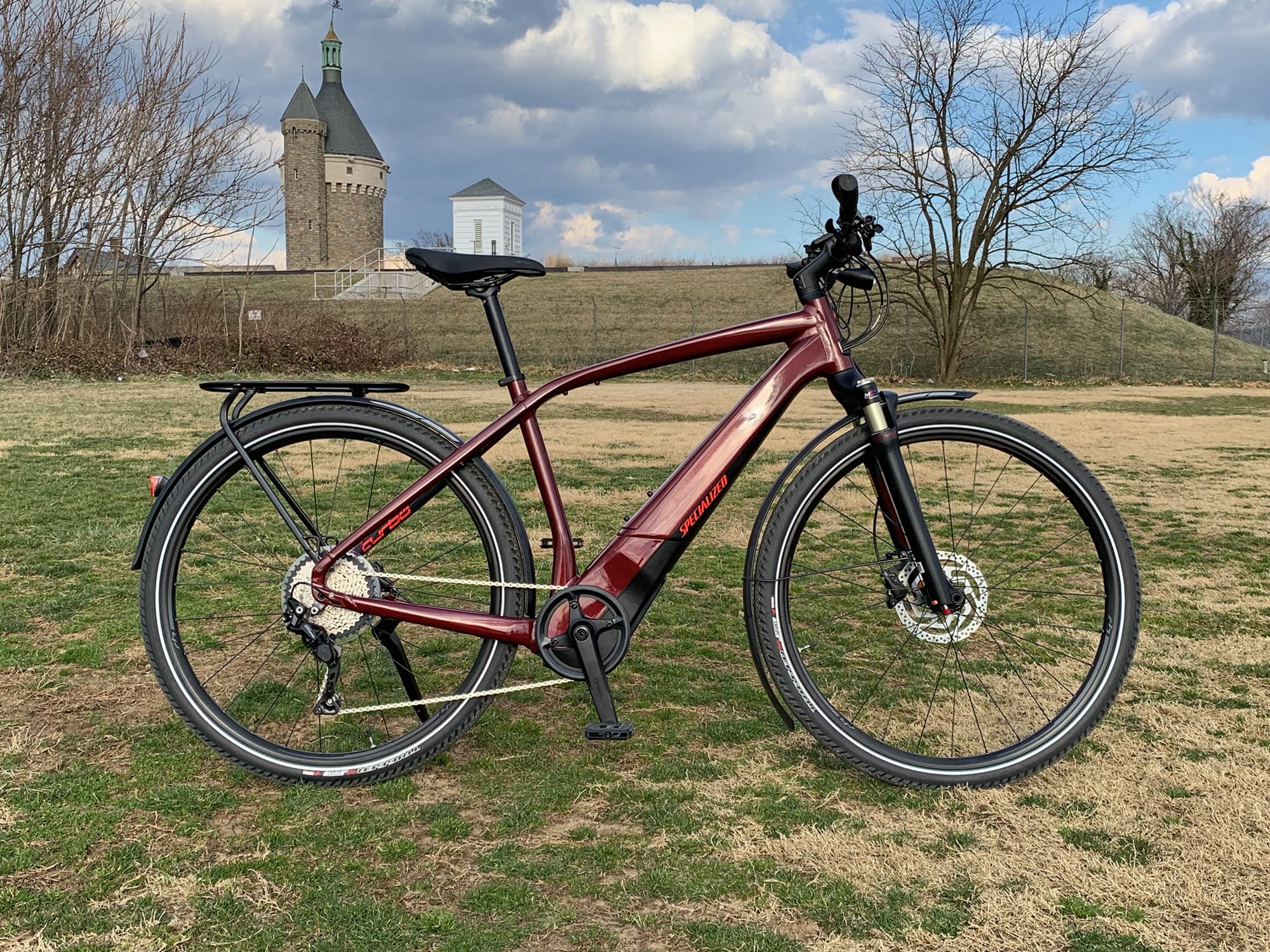
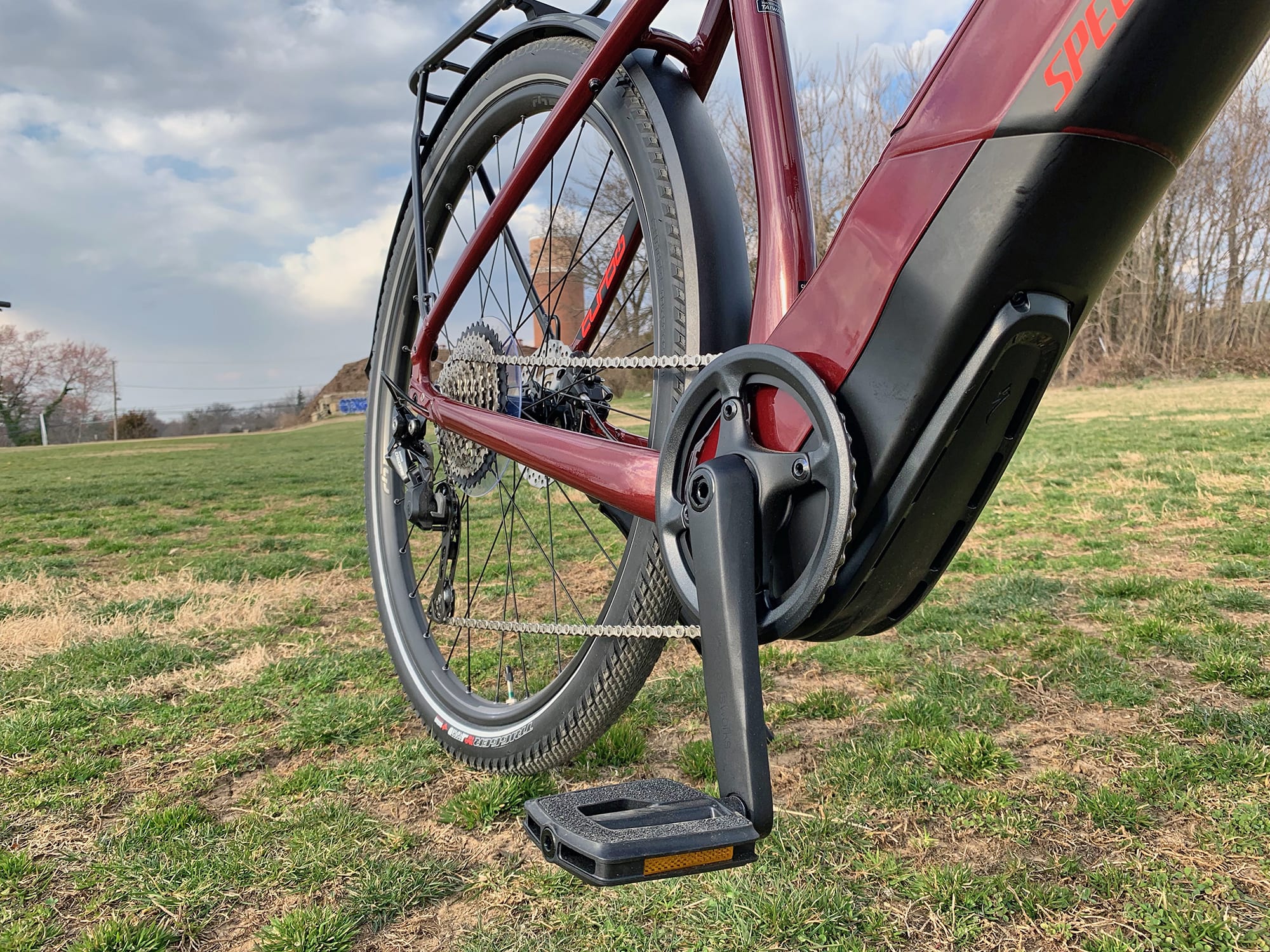
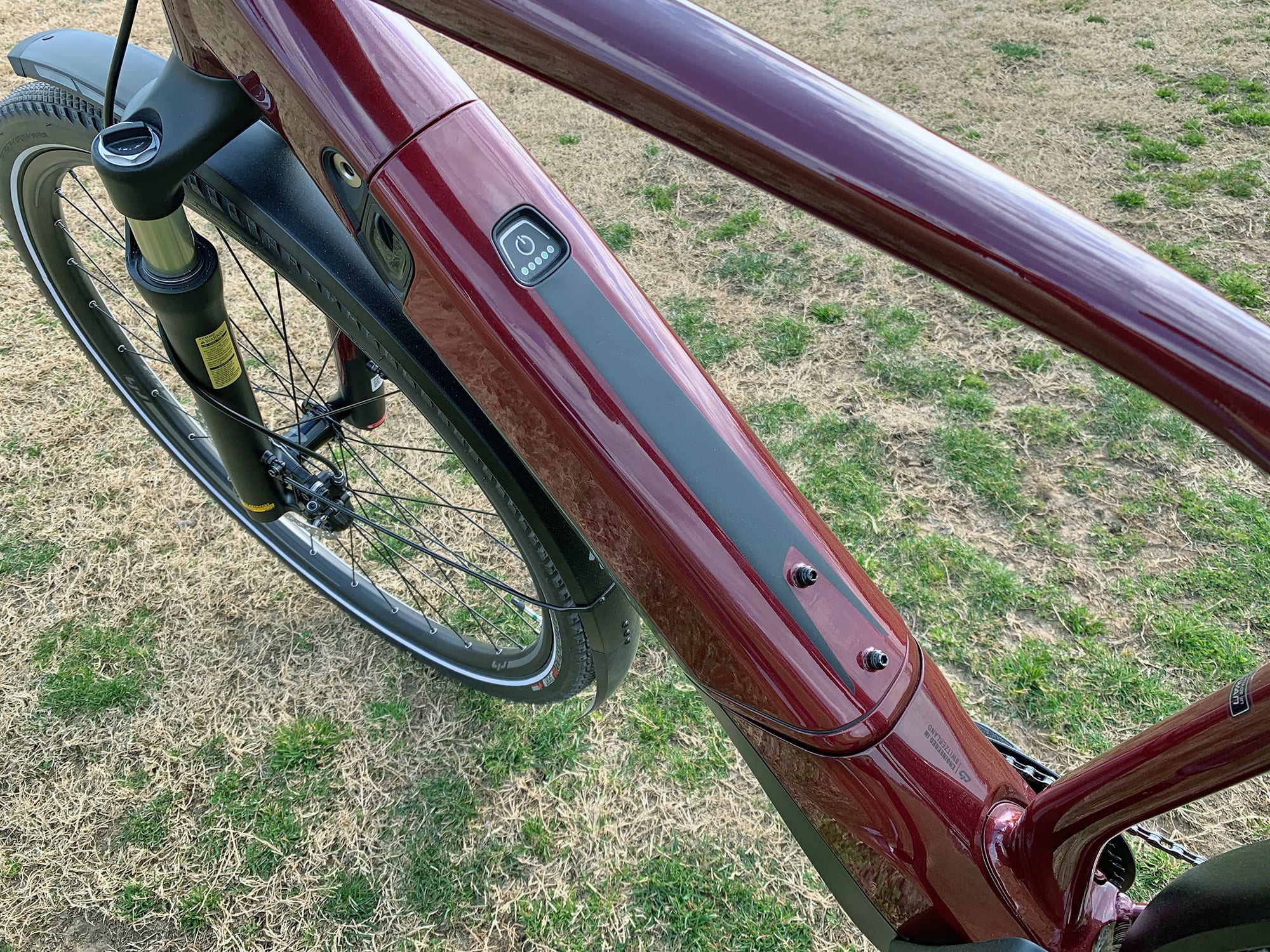
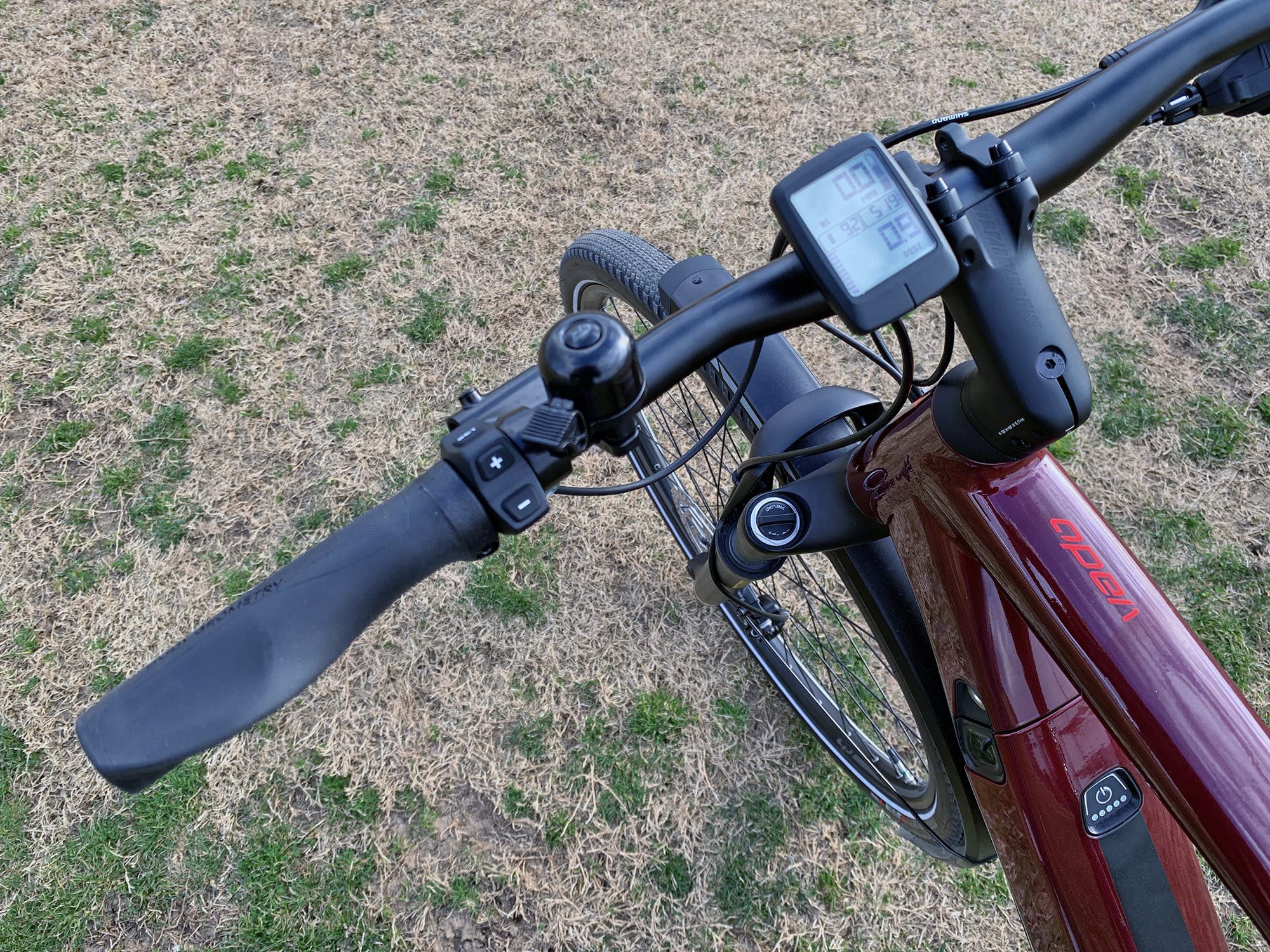
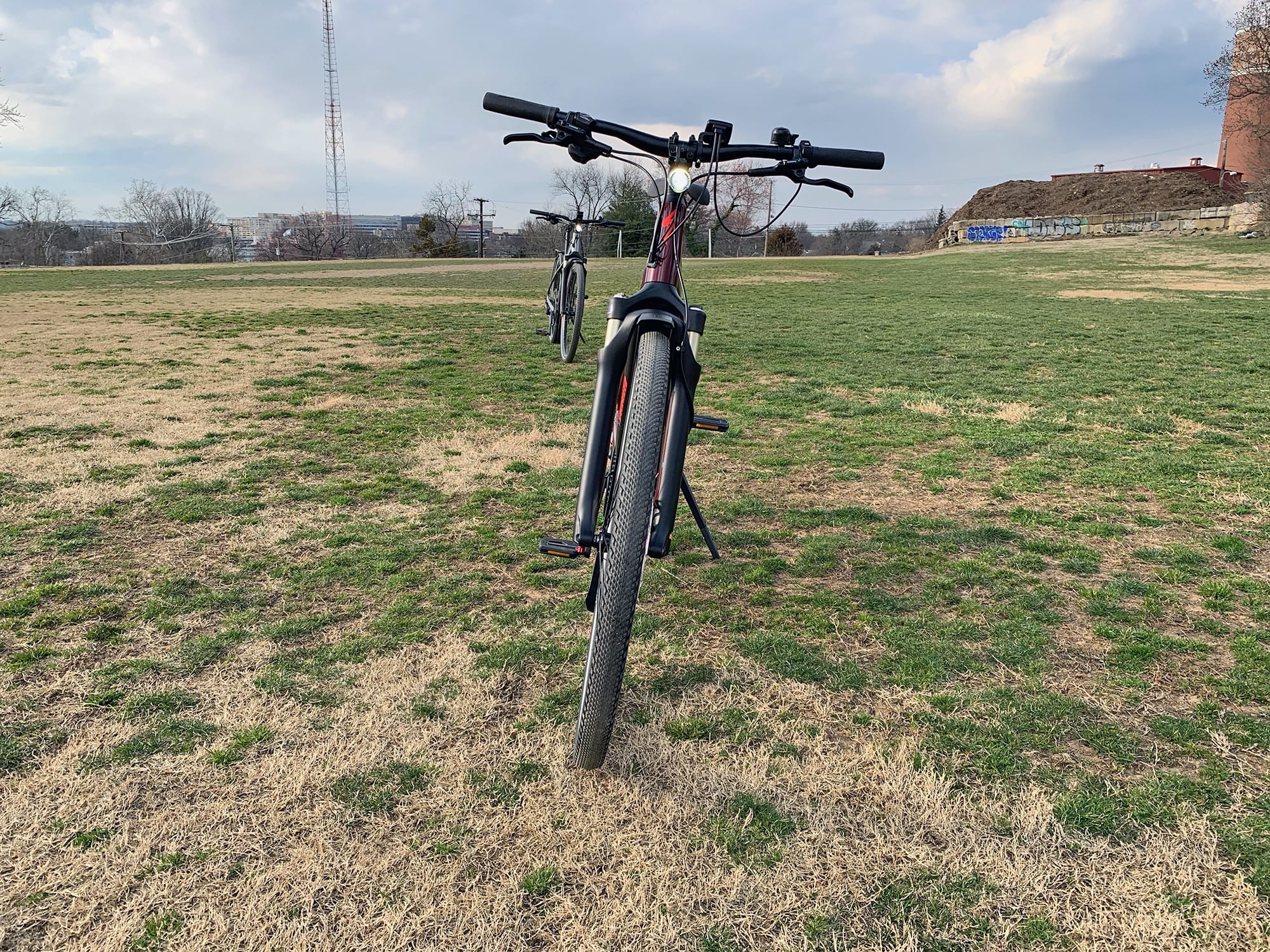
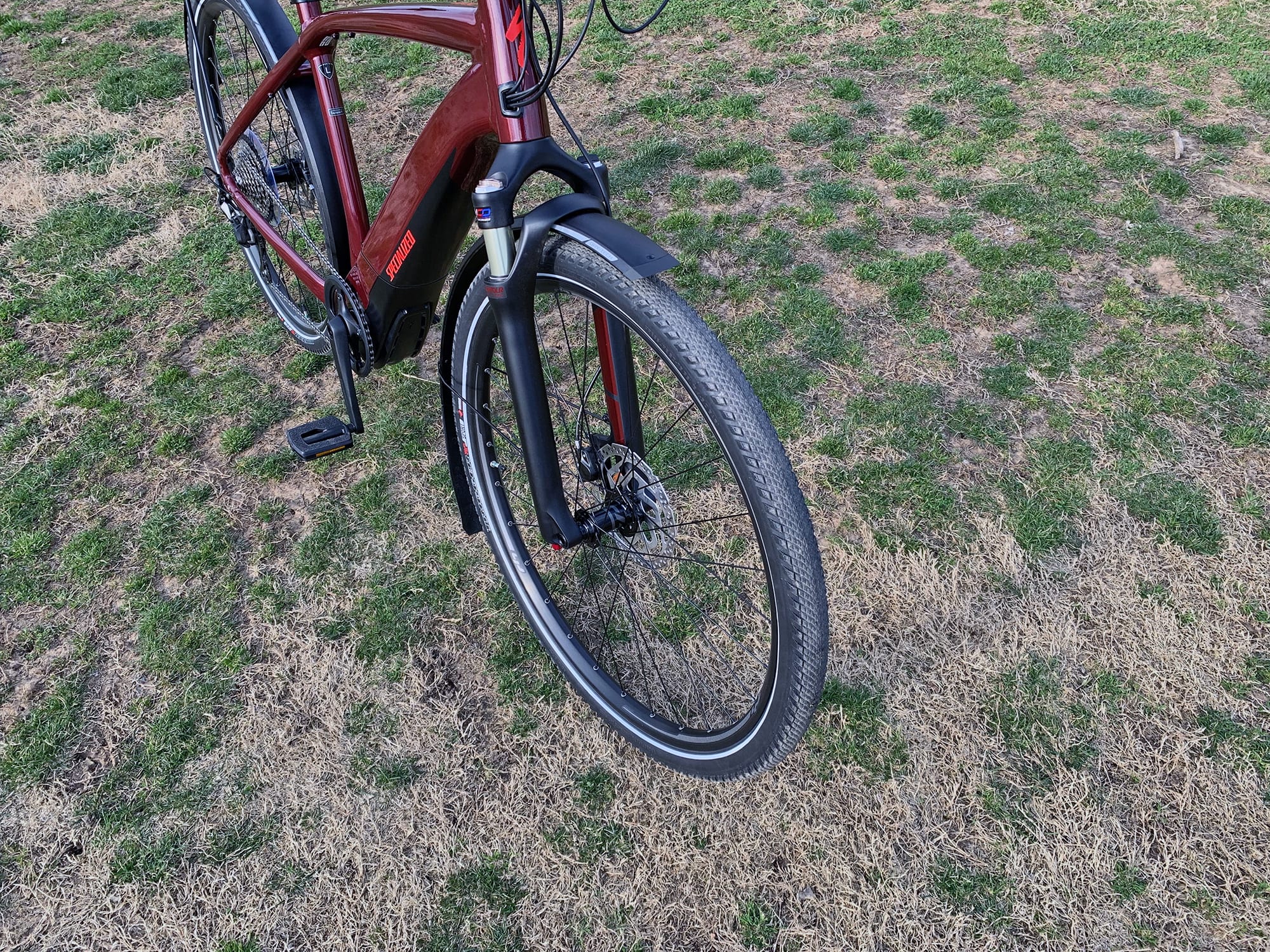
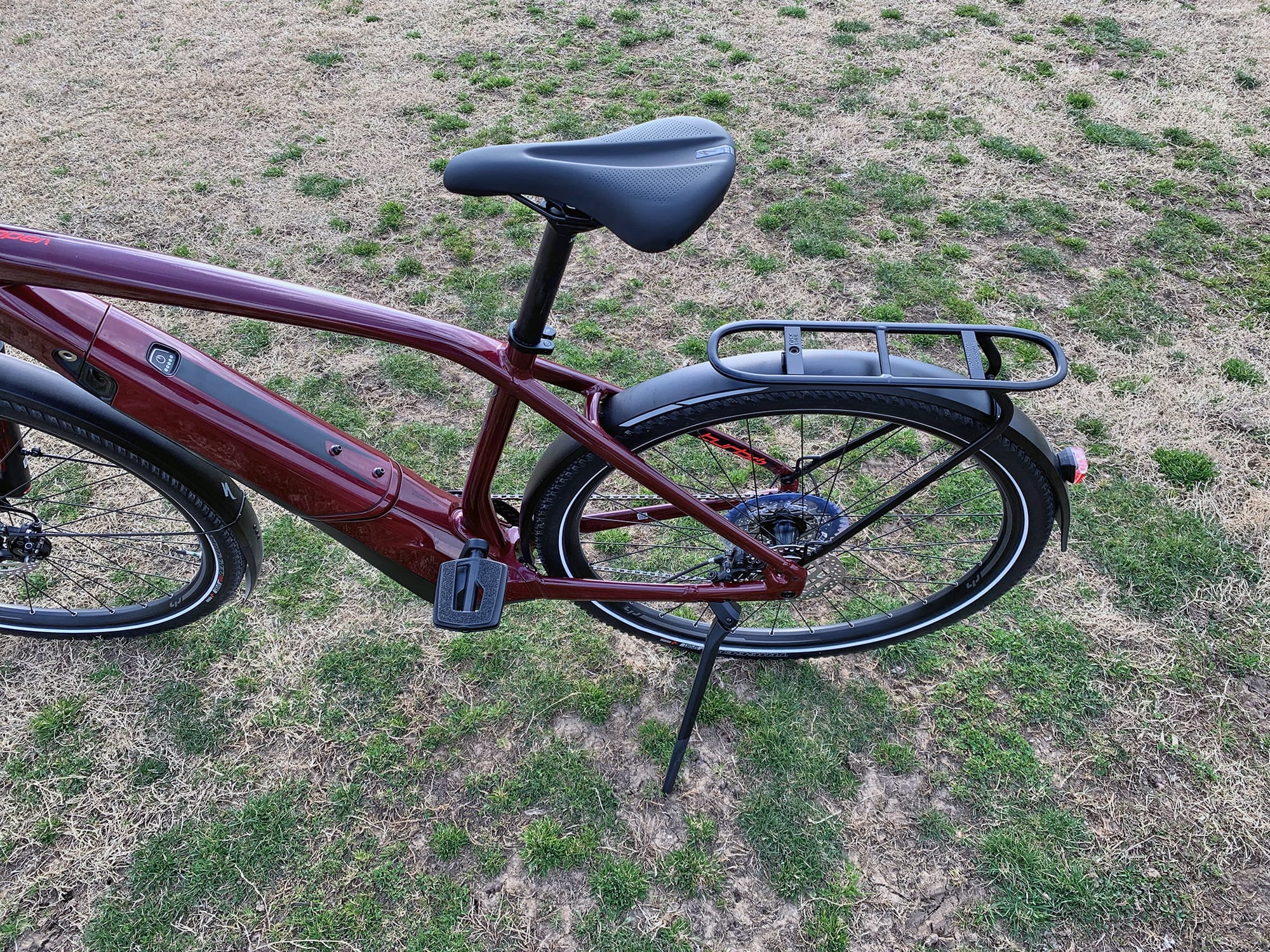

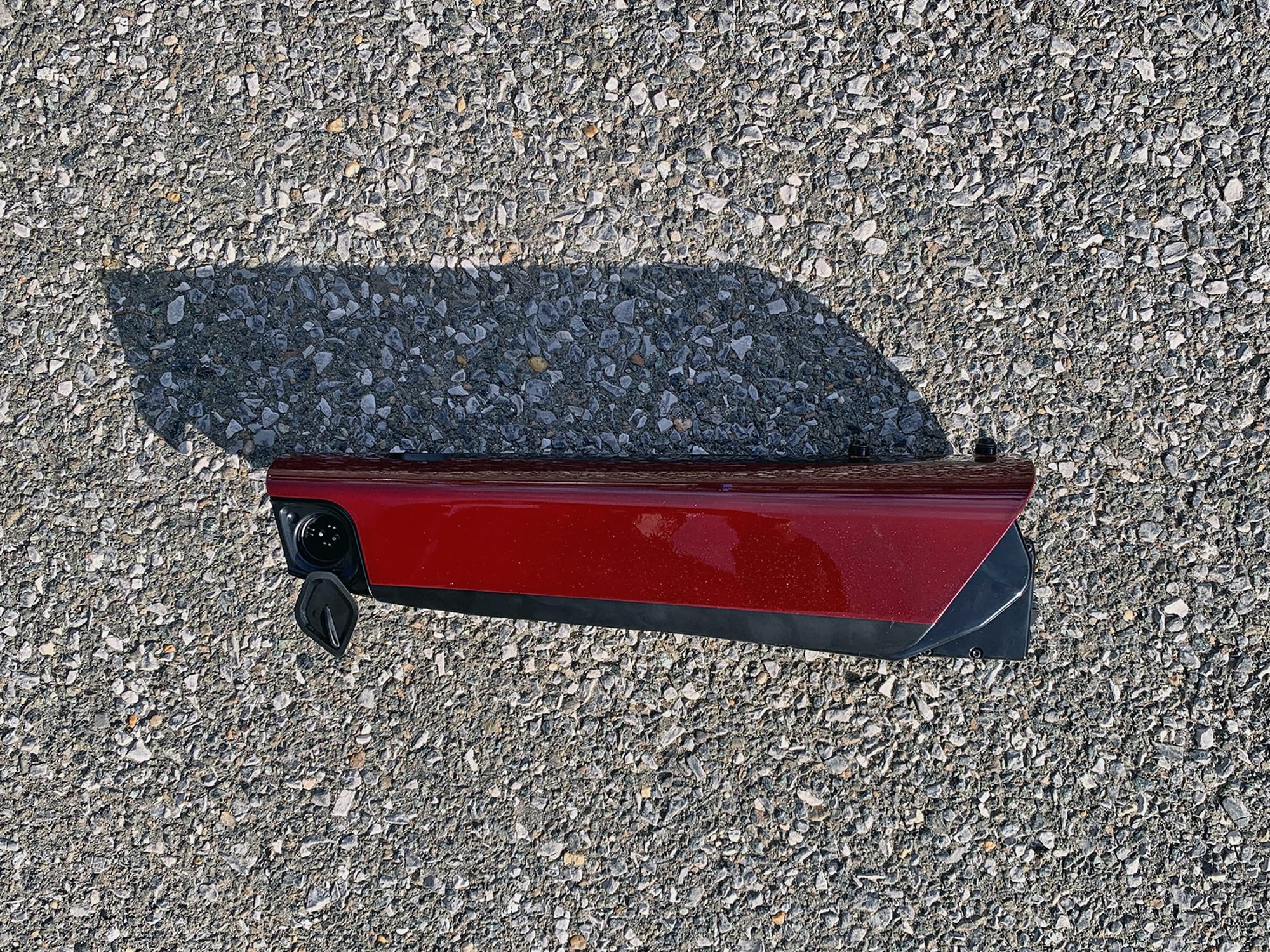
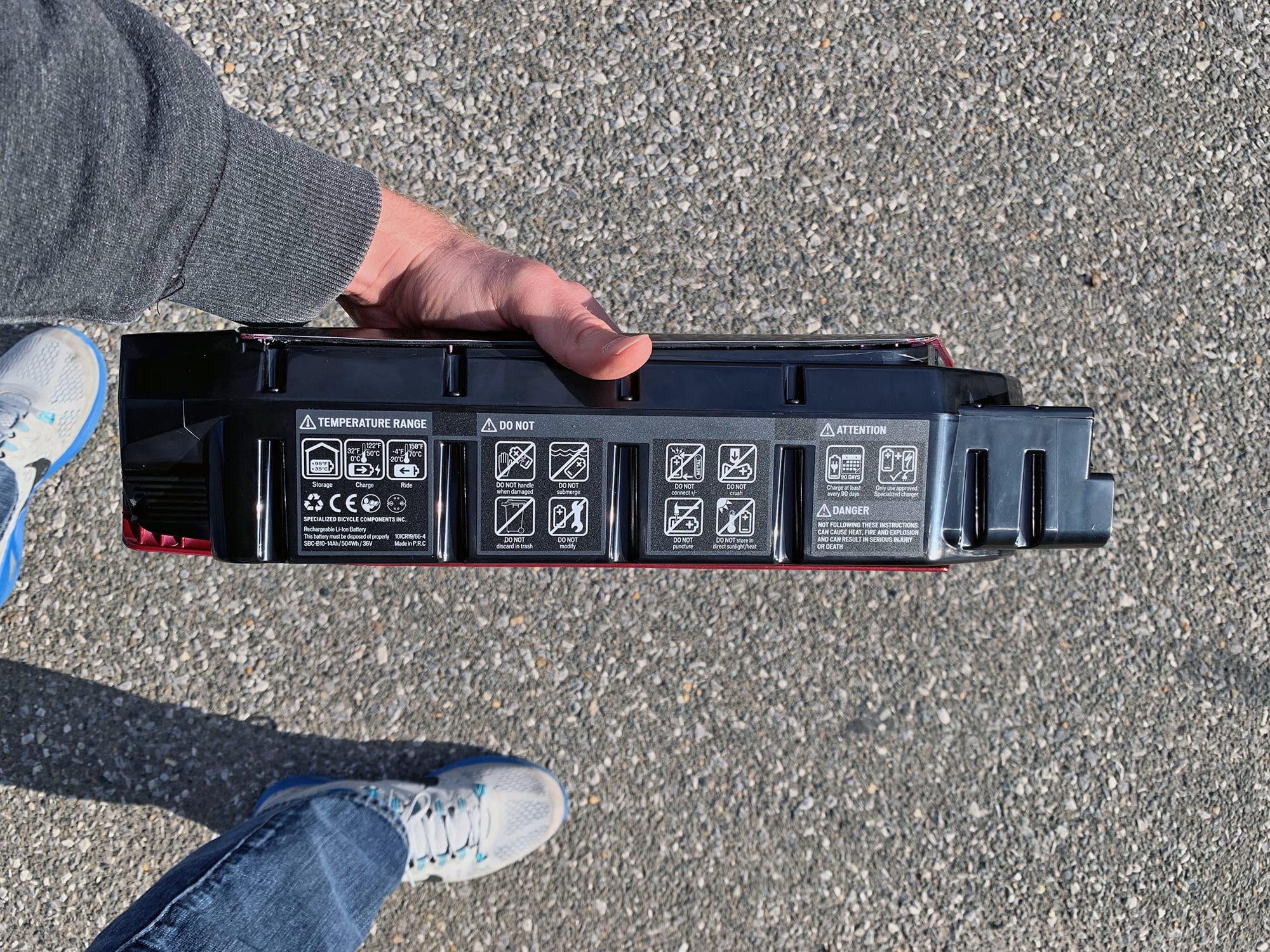
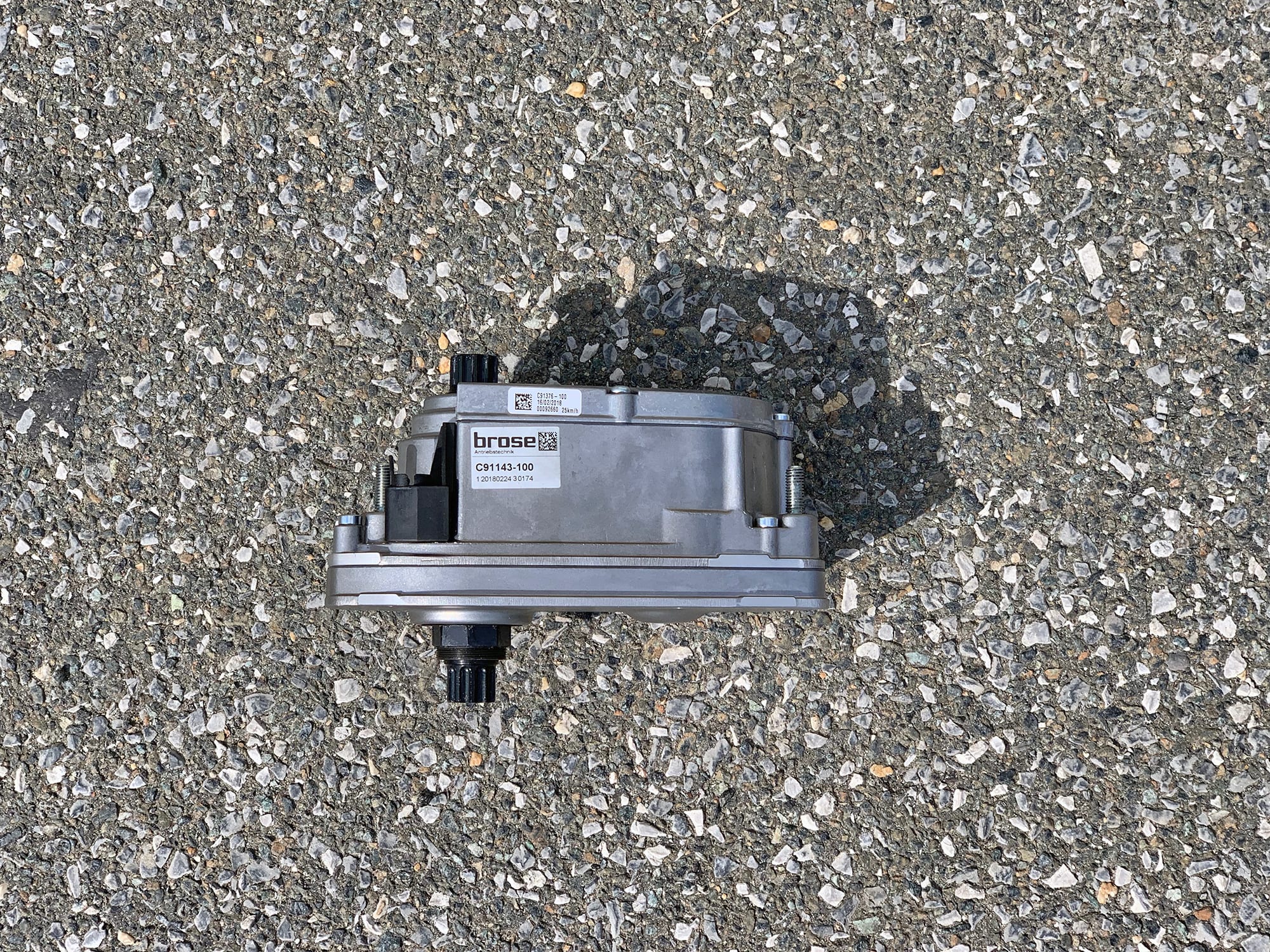
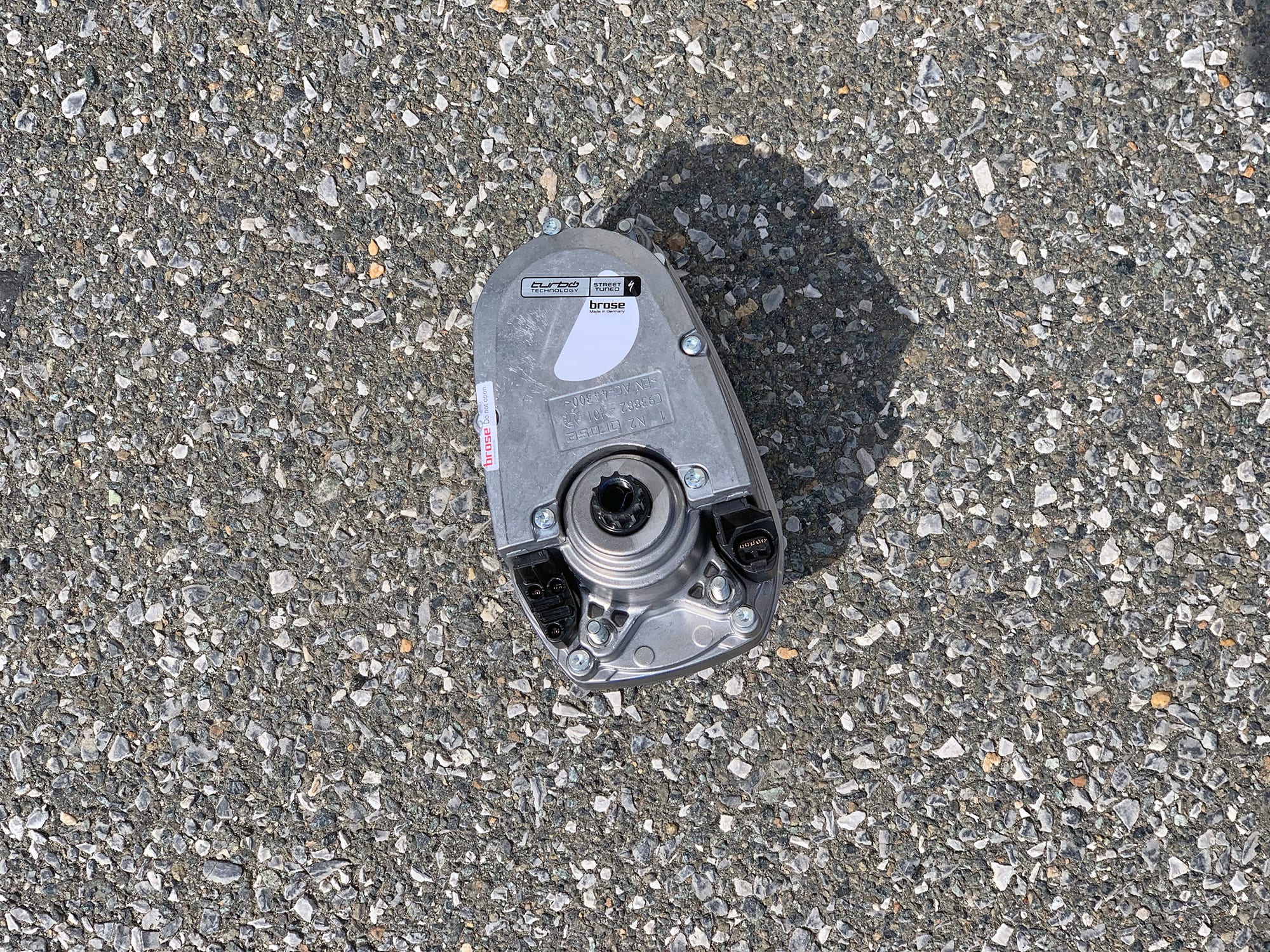
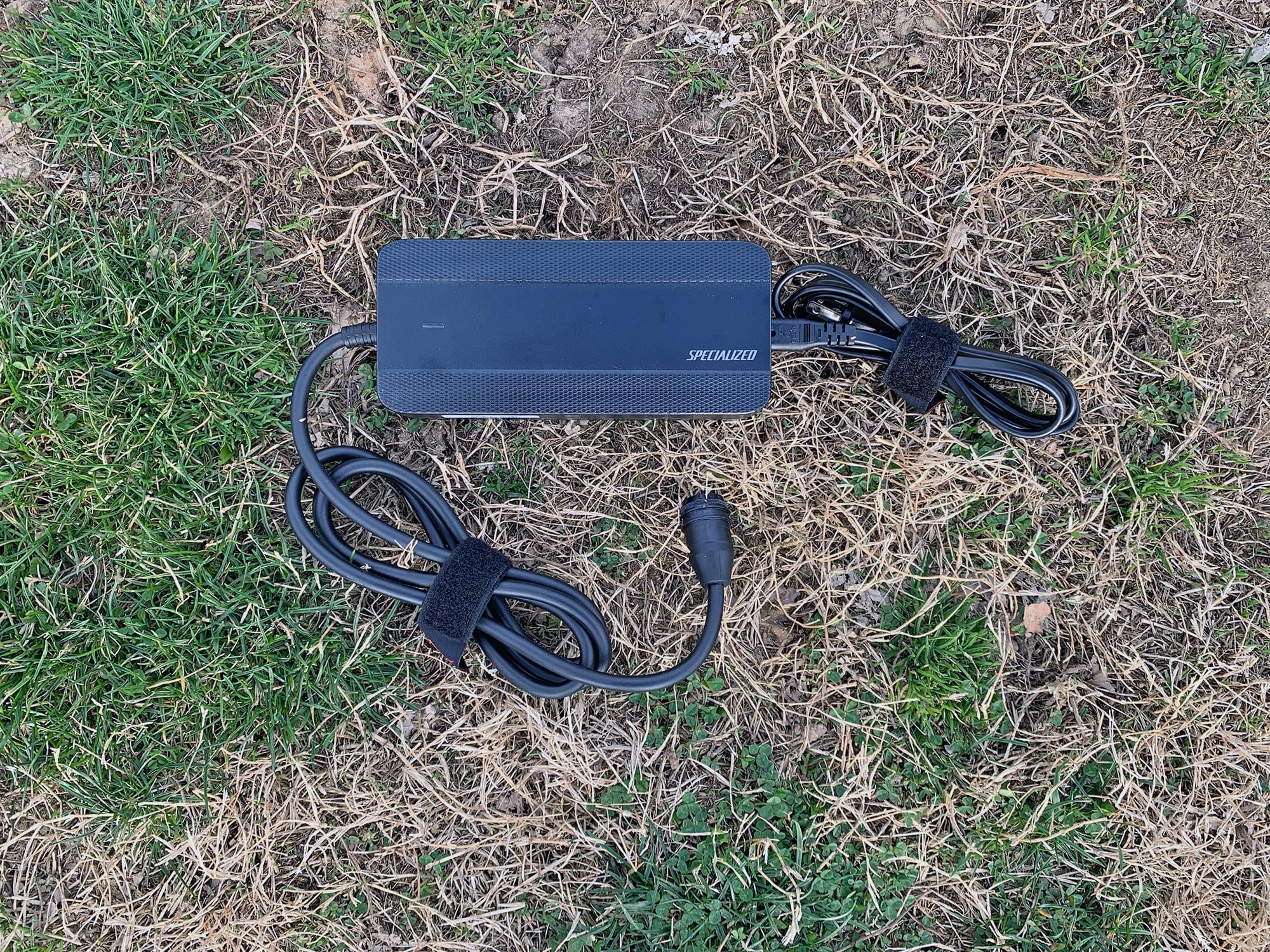
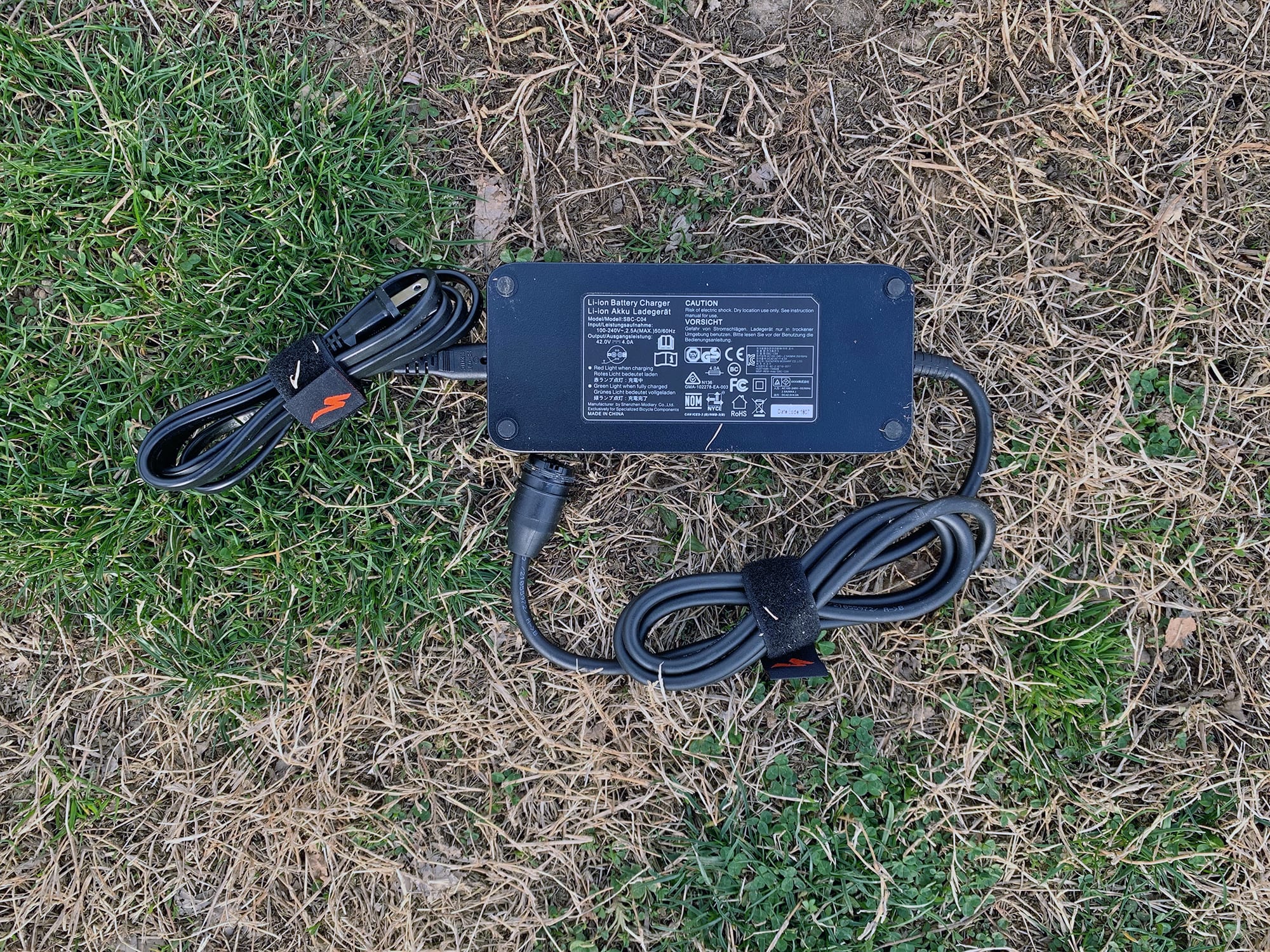
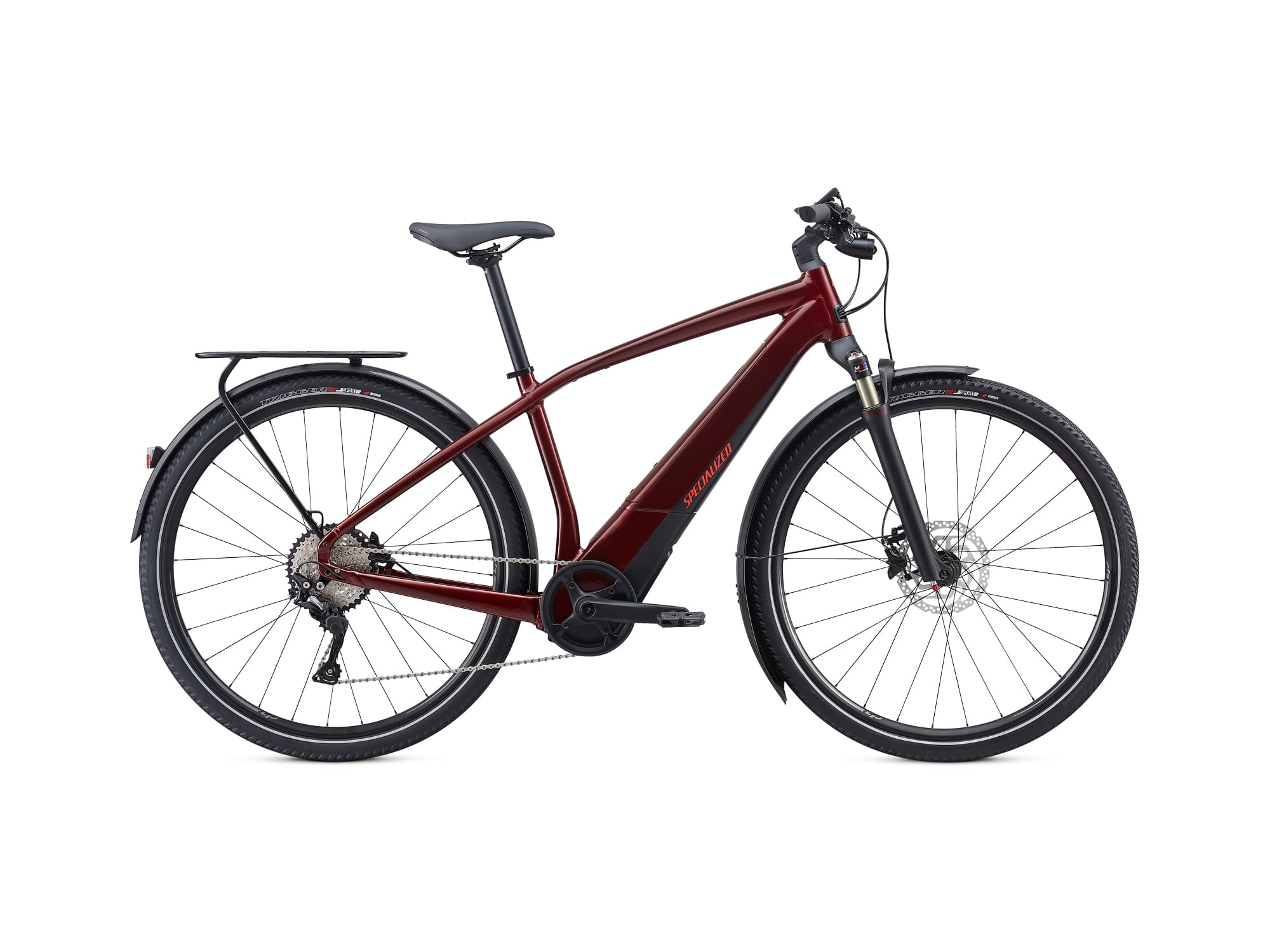

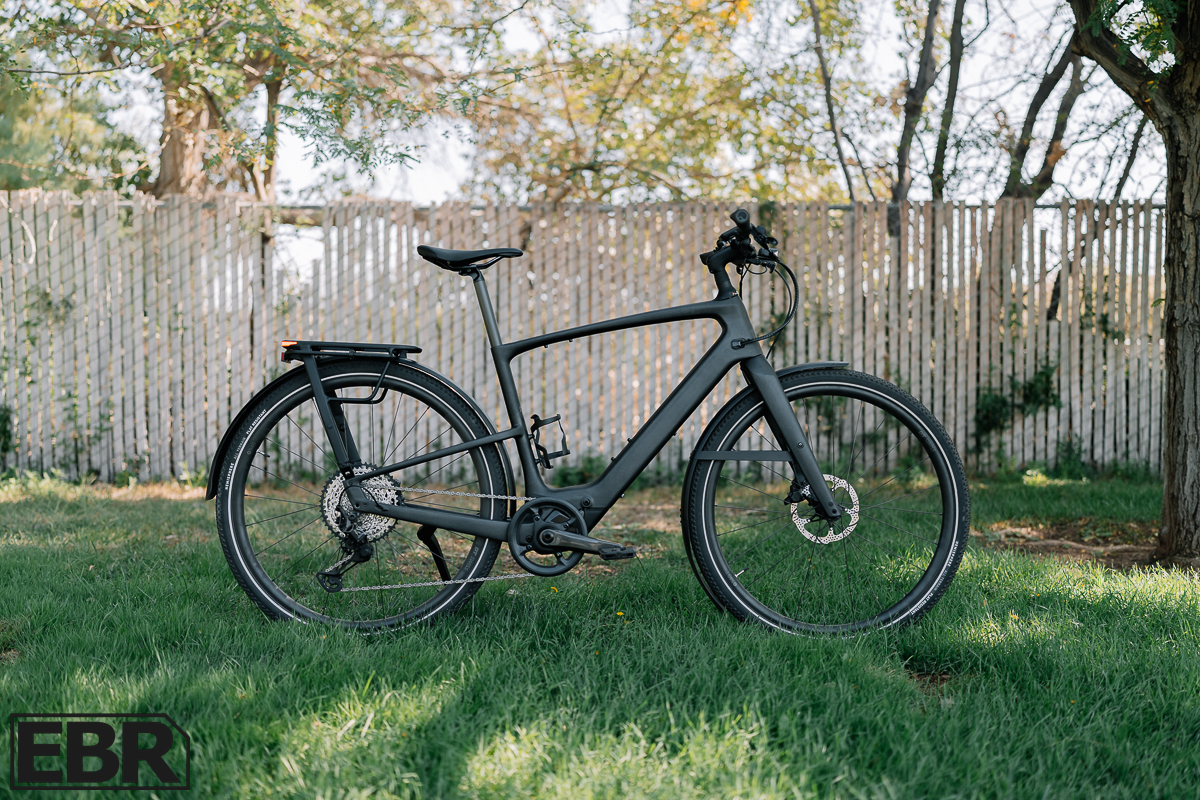
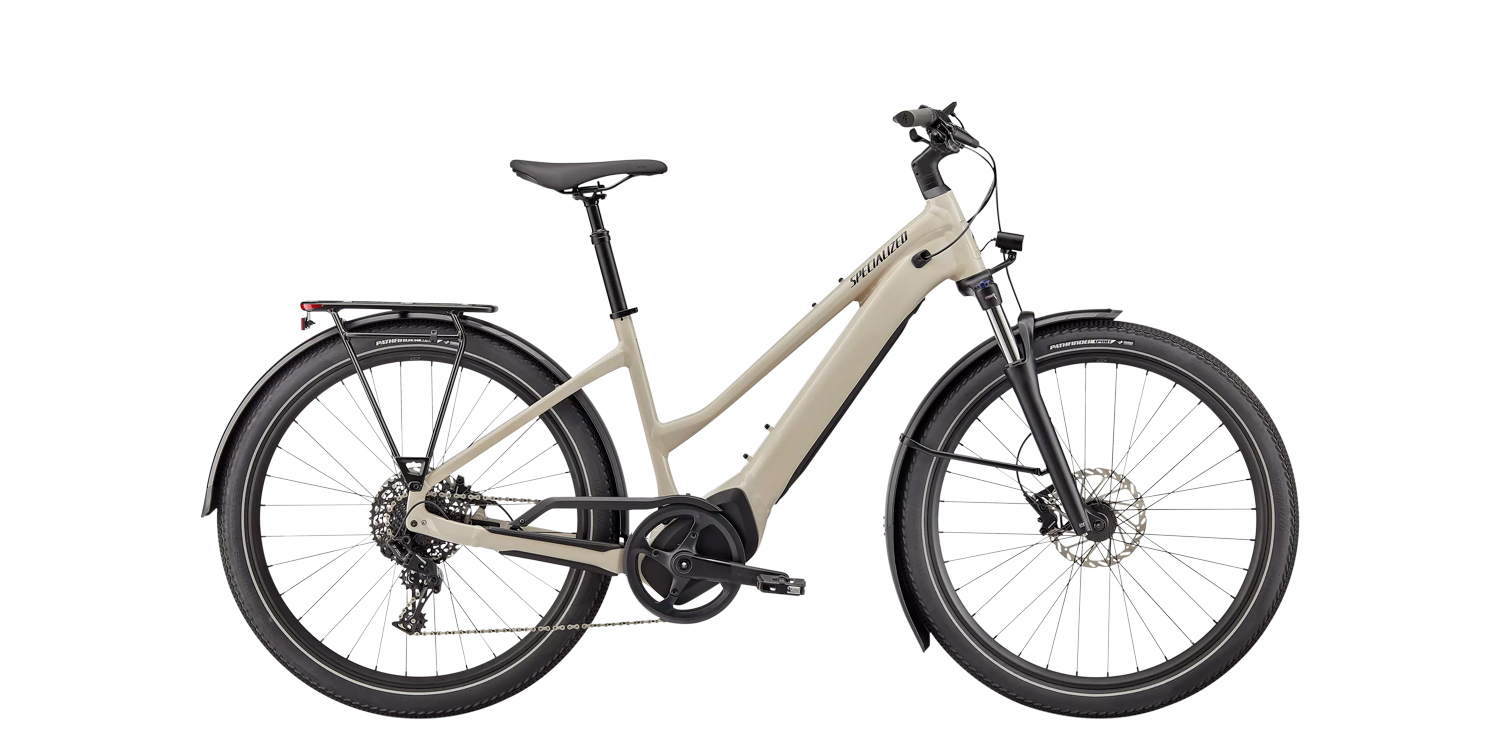
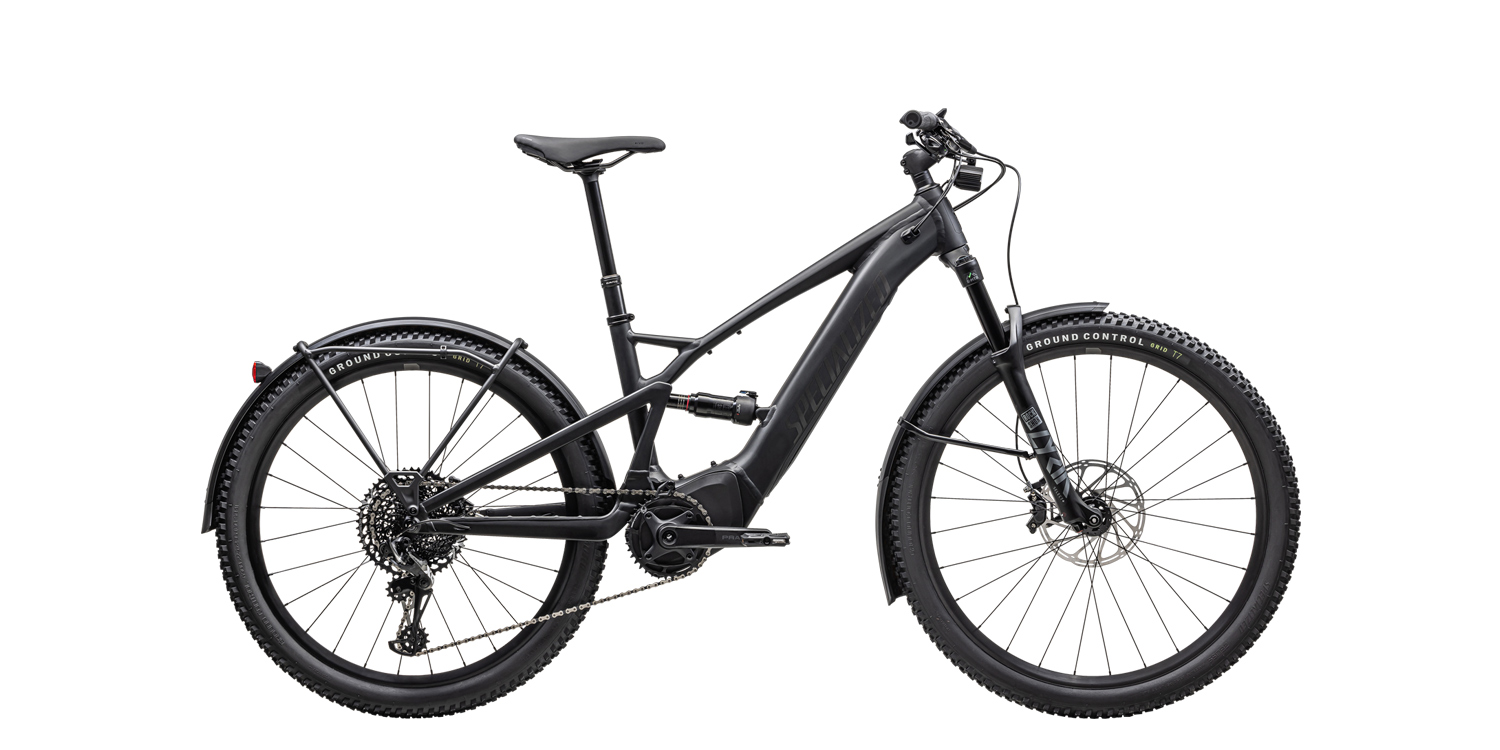
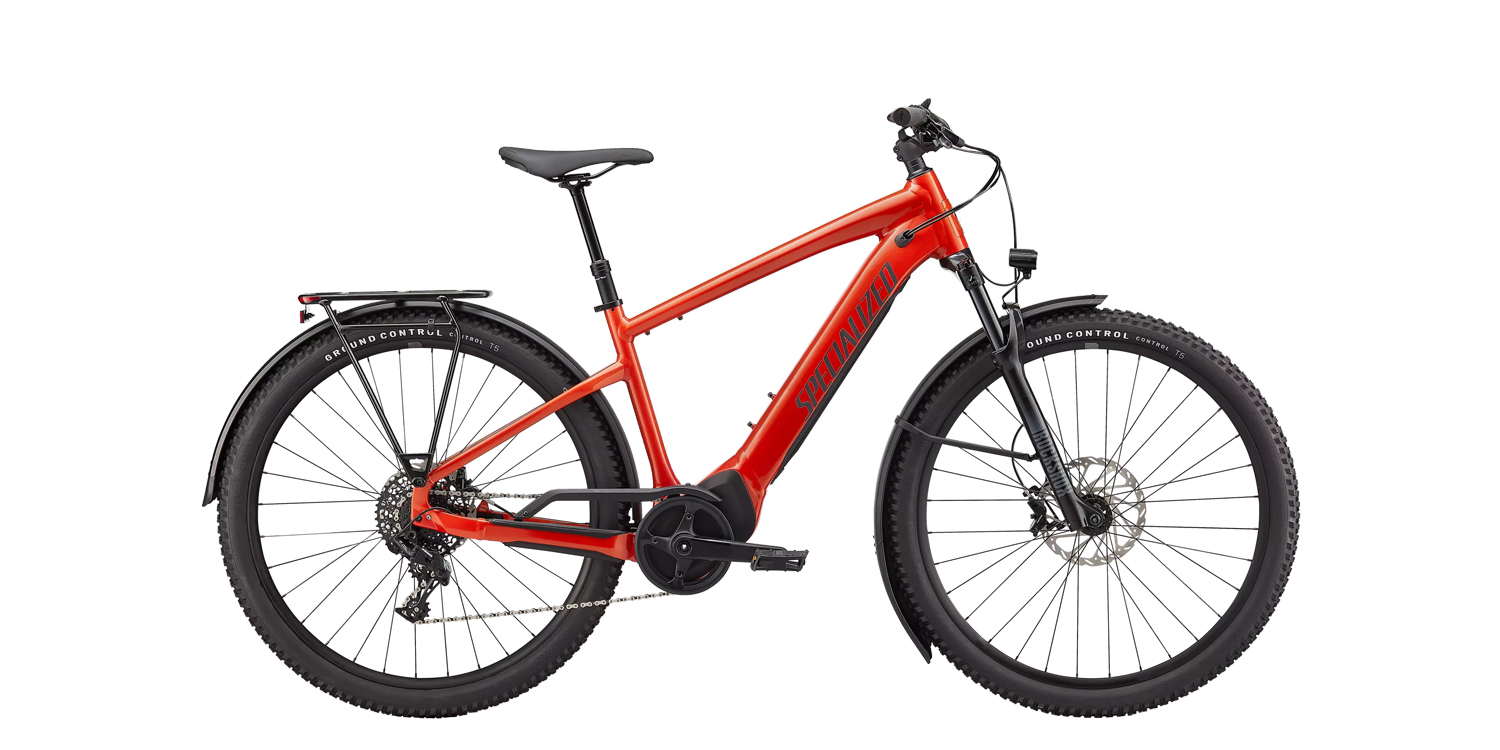
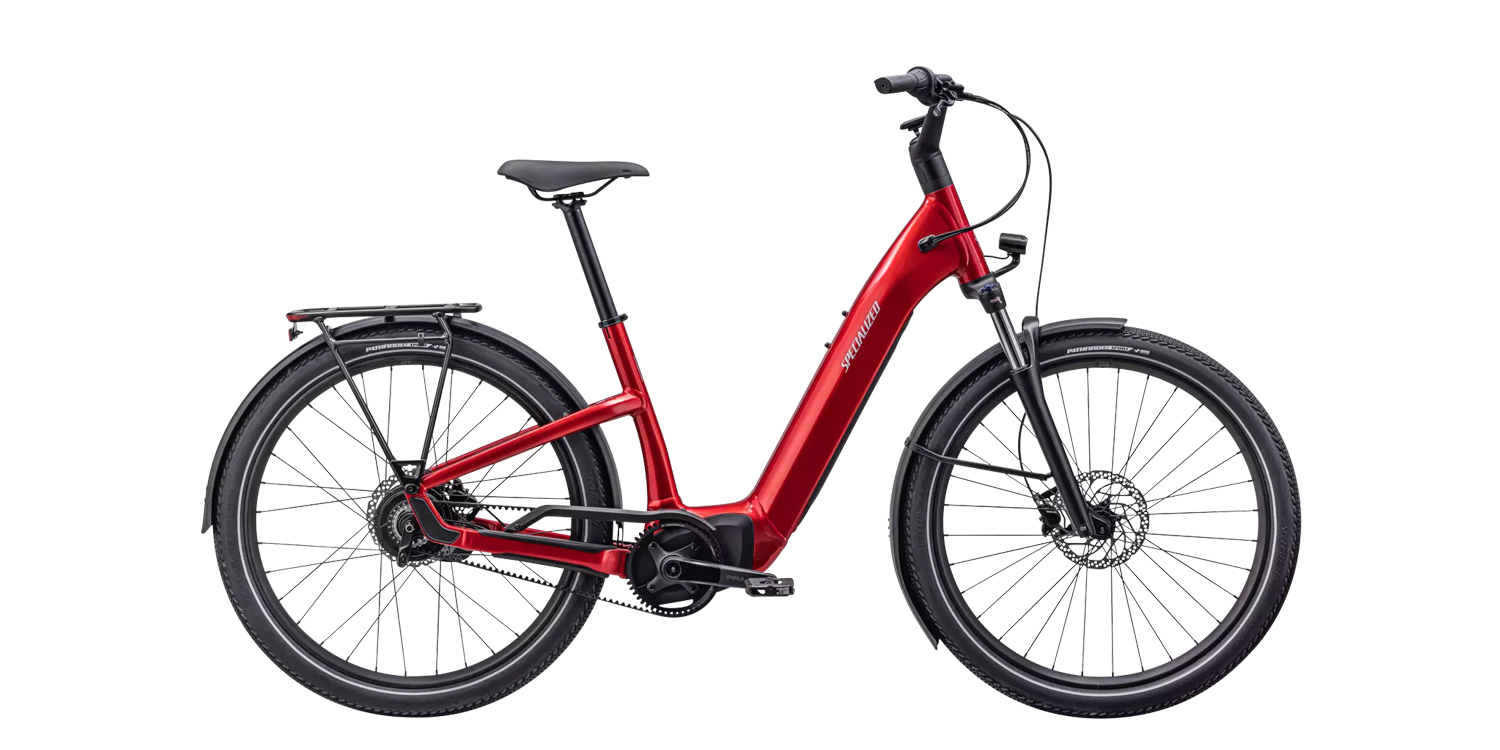
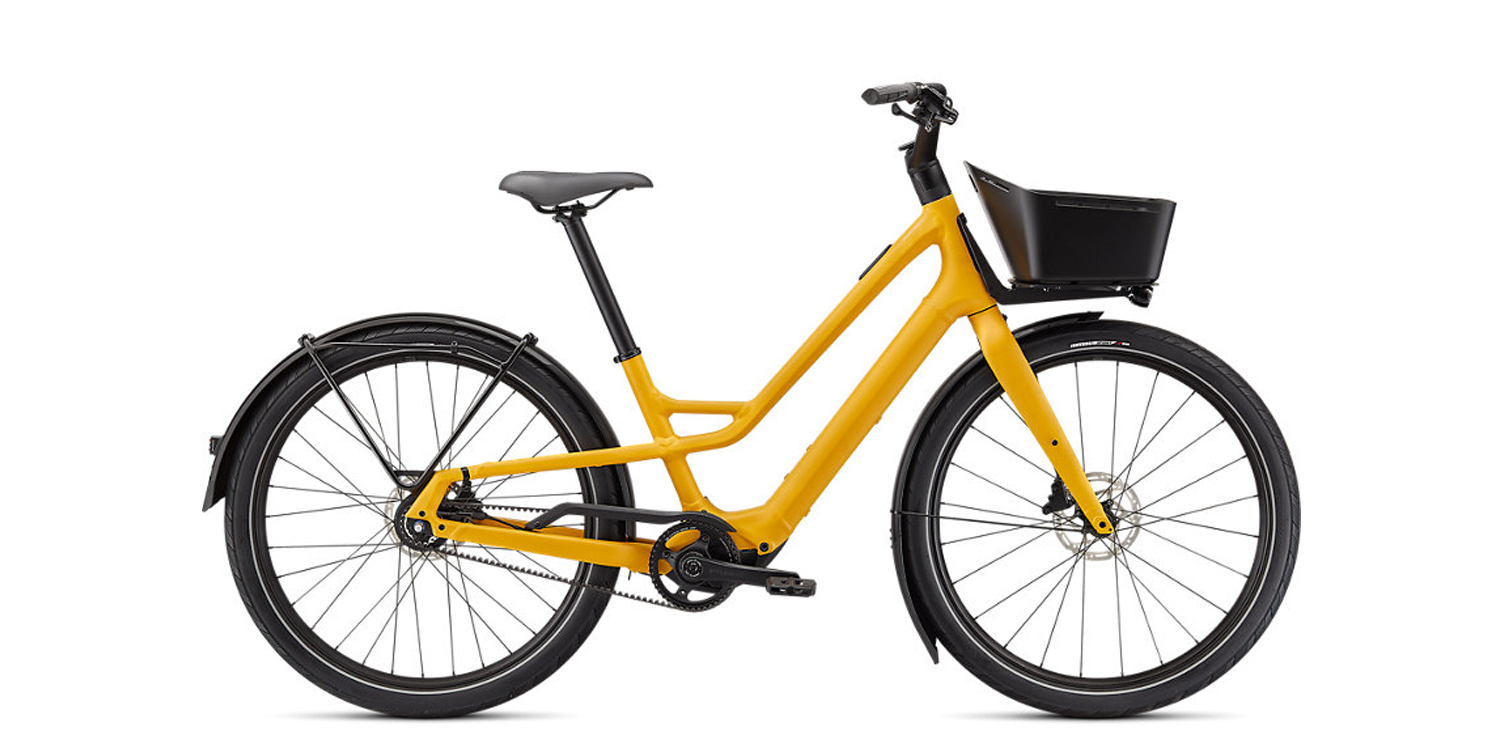
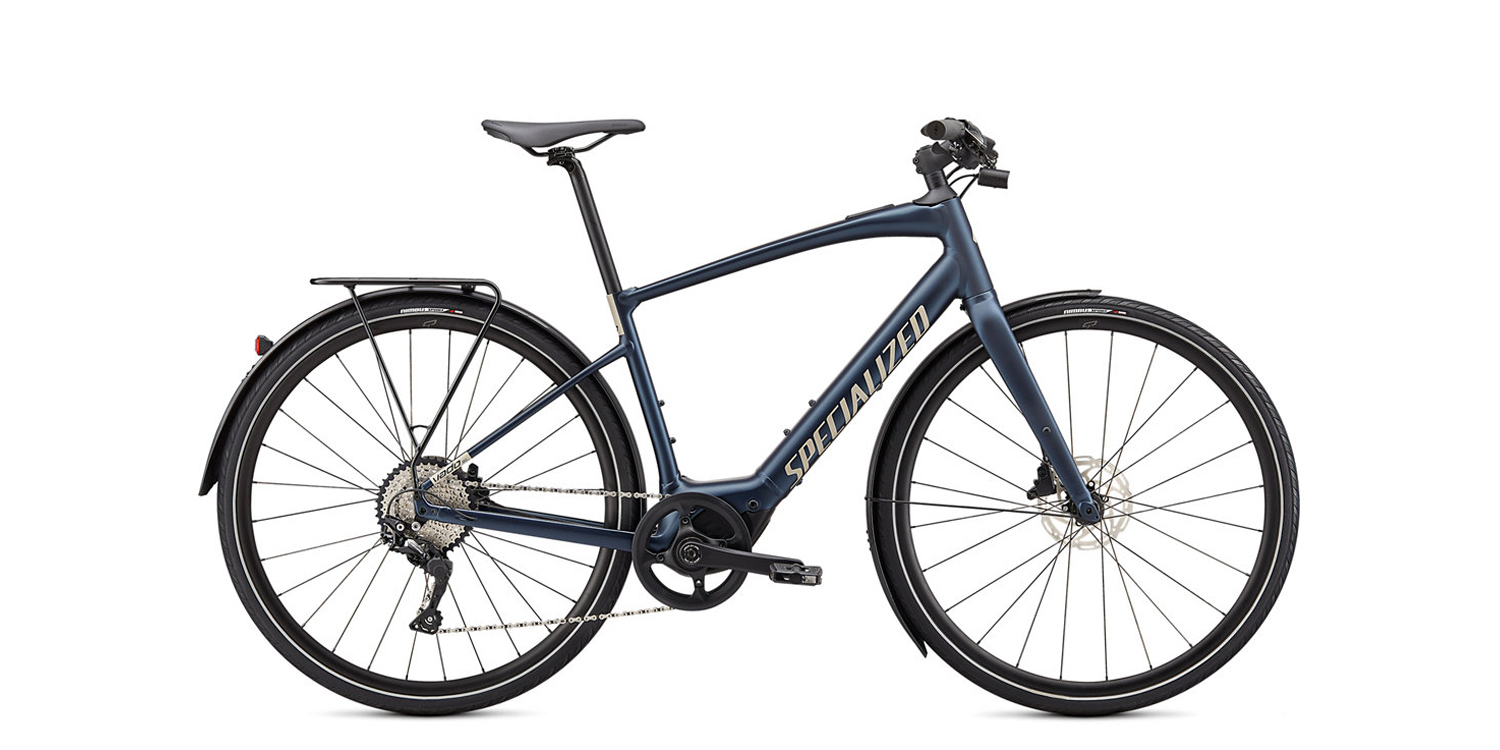
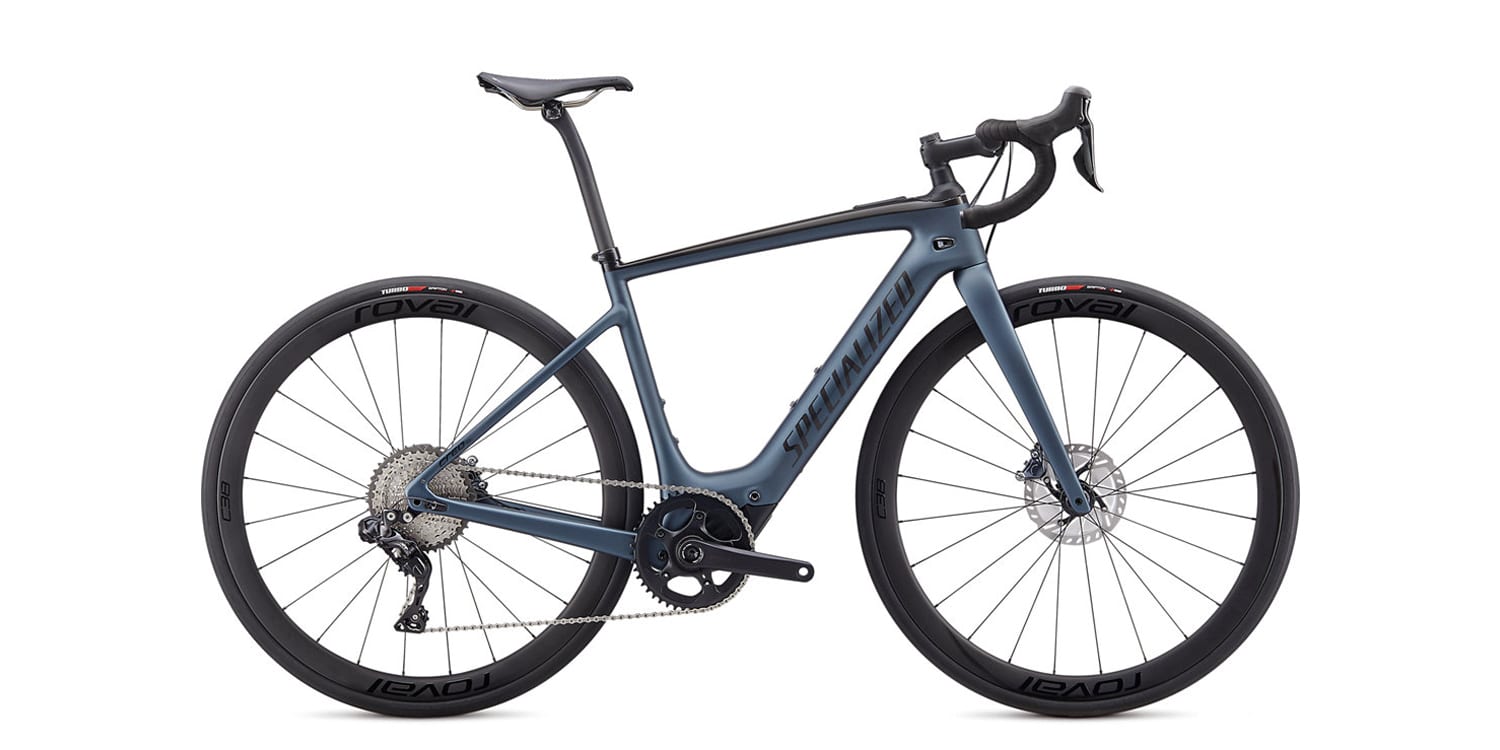
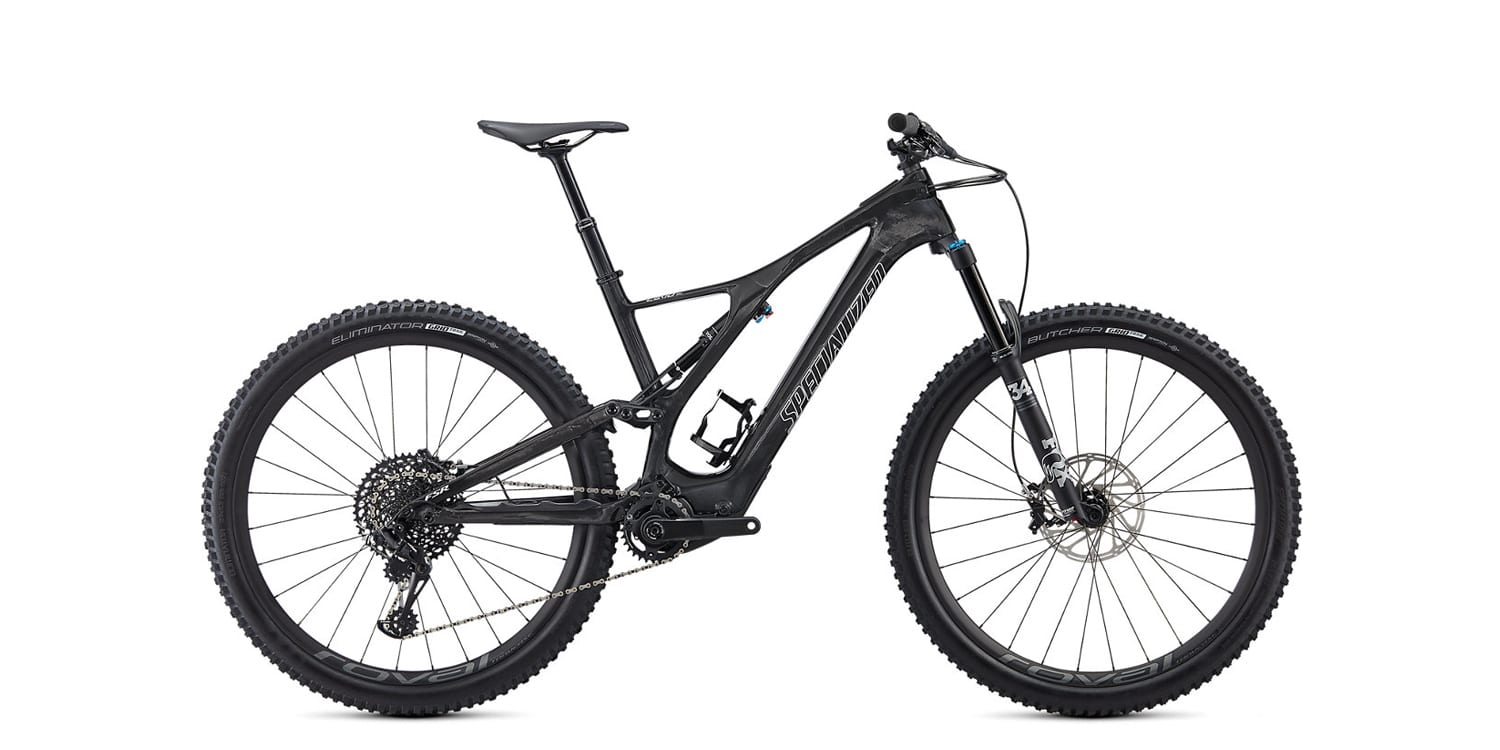
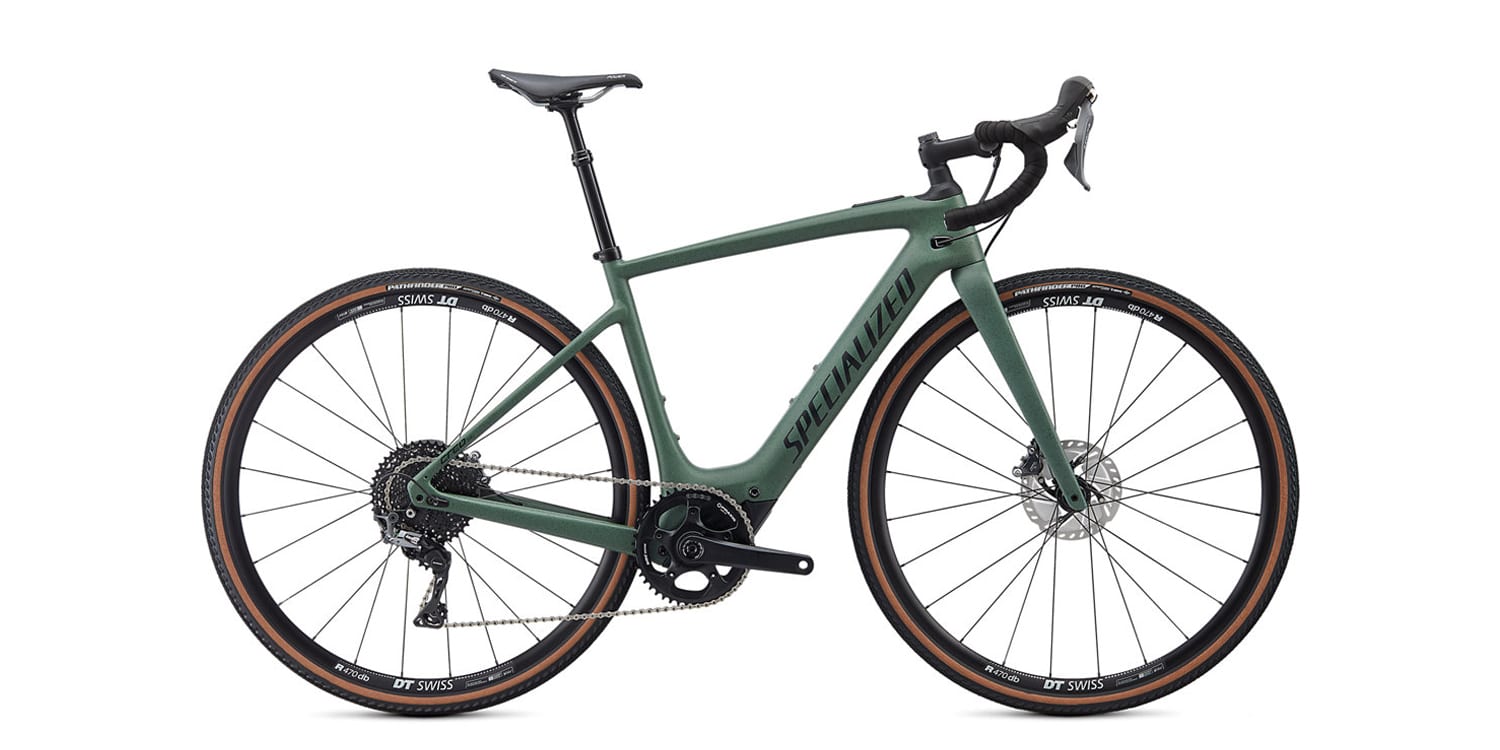
Reader Interactions